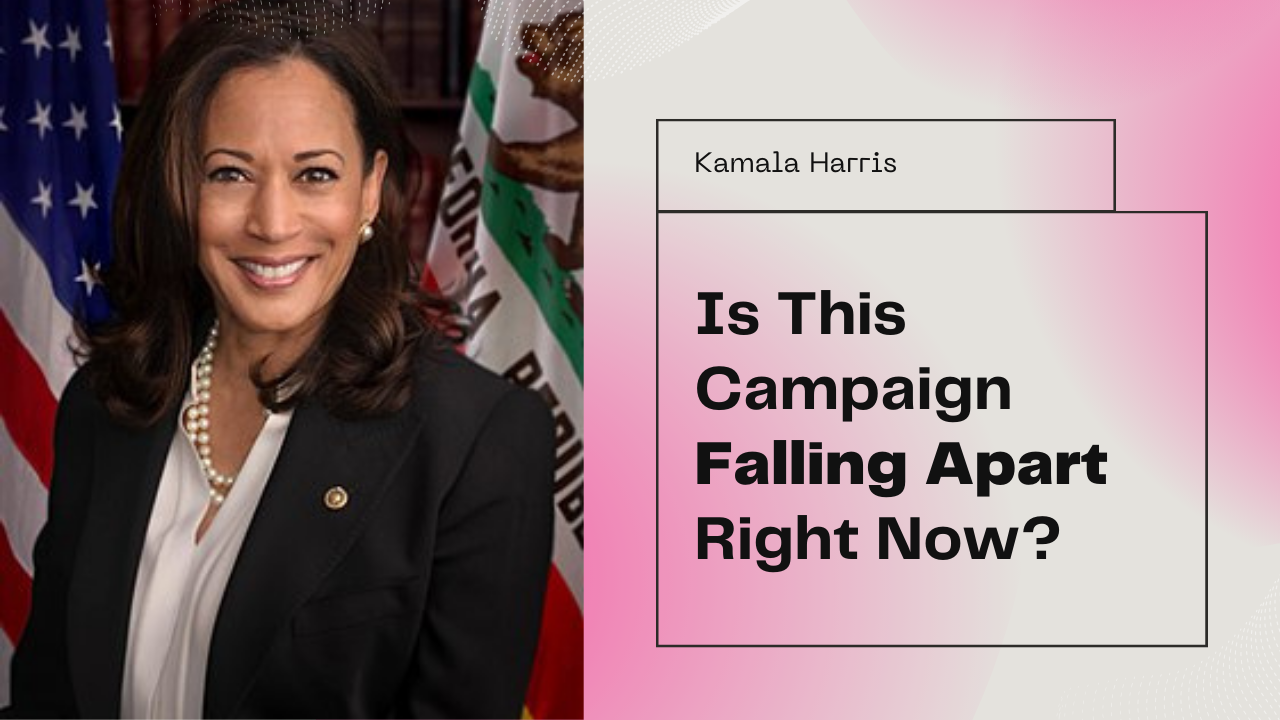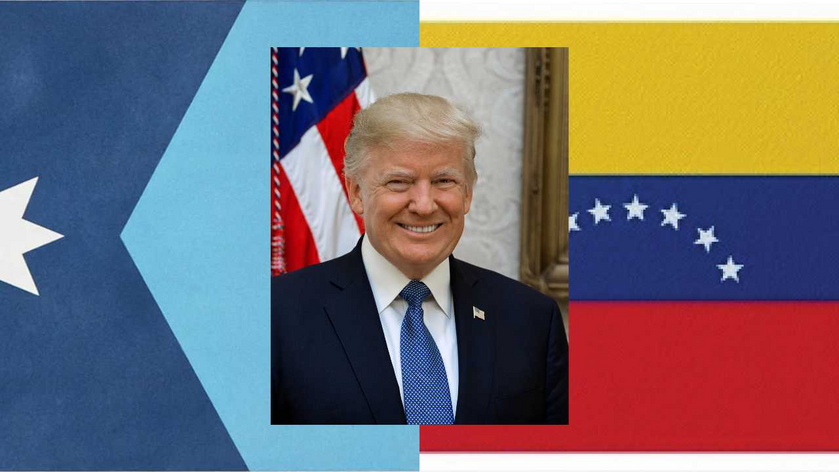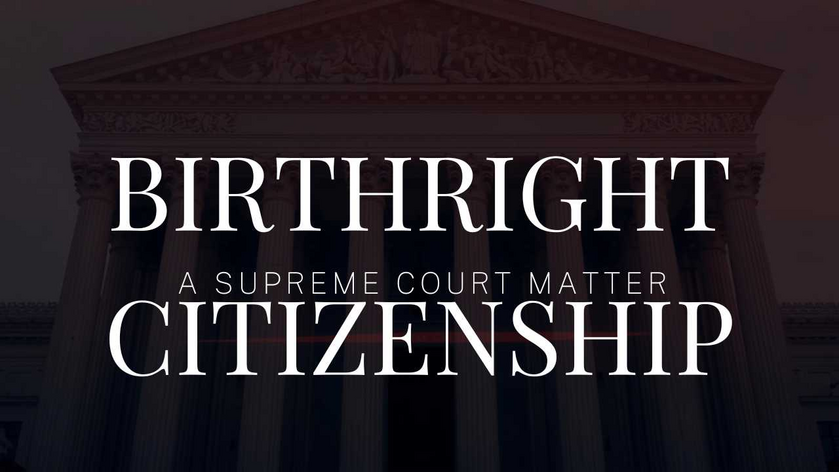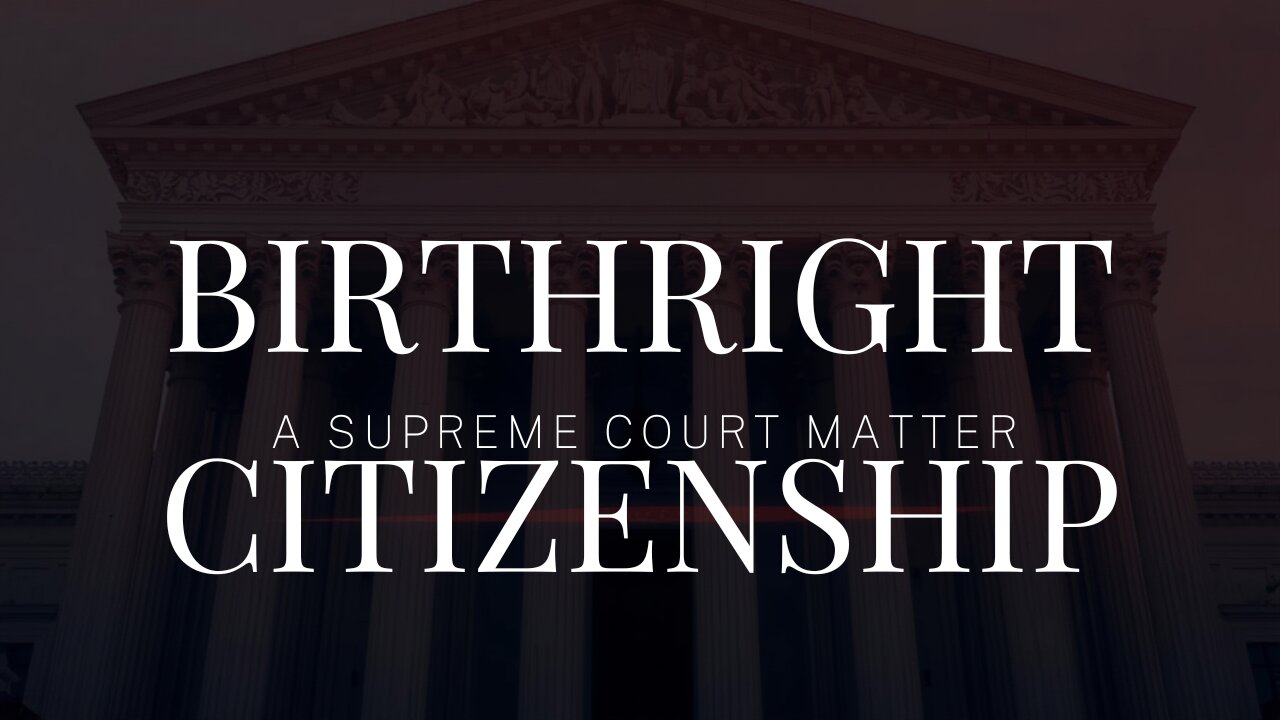Senator J. D. Vance (R-Ohio) won his debate so handily, even some of his most inveterate legacy-media detractors had to admit it.
Nobody does it better.
Makes me feel sad for the rest.
Nobody does it half as well as you;
Baby, you’re the best.
Marvin Hamlisch wrote those lyrics, set to Carole Bayer Sager’s music, which Carly Simon famously sang, to celebrate the randiest, deadliest, most resourceful, and most survivable secret agent in the history of cinema. None of these three artists could ever have imagined that they could apply to anyone except a randy covert agent. Least of all could they apply to an American politician, championing a retreat from the egalitarian principles that have been a staple of Western European politics since shortly after the Second World War! Yet they certainly apply to Sen. J. D. Vance (R-Ohio), Republican nominee for Vice-President in 2024. He did more than hold his own; he reduced his opponent to obvious also-ran status. The biased moderators and producers who tried to save him, accomplished nothing but their own embarrassment.
Vance dominates the debate from the start
Of several livestreams of the debate between Vance and Gov. Tim Walz (D-Minn.), CNAV has chosen this episode of Loomer Unleashed, Laura Loomer’s regular show.

From the start, Vance looked and sounded calm, cool and collected. He must have studied every televised debate since Nixon and Kennedy in 1960. Walz, in contrast, looked and sounded obviously nervous, and would misspeak many, many times. CNAV will mention his most memorable misspeak later. But he began with misspeaking, when CBS’ moderators asked him the very first question.
Q. [Governor] Walz, would you support or oppose a preemptive strike by Israel on Iran?
That question came a propos of Iran’s lobbing of 200 missiles at Israel. (That succeeded only in killing a hapless Palestinian when a fragment of an intercepted missile fell on him.) Walz actually spoke of Israel and its proxies.
Vance, looking at Walz, projected genuine concern, not the contempt Trump might have shown. Indeed the Senator chose to “kill his opponent with kindness.” Once, for instance, the governor spoke of his 17-year-old son witnessing a fellow student die in a school shooting. Because he gave no details, the Senator could have challenged him to back it up. Instead, he said, in effect, “Governor, I did not know that! I’m sorry to hear that your son or anyone had to go through a thing like that!”
That was typical of Vance, who actually had the only kind words anyone said to anyone else. Of course, that meant he couldn’t talk about Walz’ transgender transition initiatives. Some things, quite simply, one cannot say politely.
The mic cut moment
Shortly thereafter came the moment when CBS embarrassed itself, perhaps permanently. At issue this time was the massive influx of 20,000 Haitian migrants into Springfield, Ohio. The Senator should know about this, because he represents Ohio. He didn’t see fit to talk about how those Haitians have eliminated the stray cat population of that city and now are working on the non-strays. Instead he talked only about the tremendous influx, which Walz tried to downplay. Vance also described a smartphone app the Biden-Harris administration has provided to Haitians. 800,000 have used the Customs and Border Protection One App to claim temporary protected status they likely don’t deserve.
Sen. Vance tried to enlighten Moderators Margaret Brennan and Norah O’Donnell about this, but they didn’t want to hear it. In obvious distress, Brennan kept repeating, “We have so many issues to cover, and we have to move on.” Then, without warning, the producers cut off the candidates’ microphones. The moderators announced this and teed up their next question.
Before the night was out, Trump War Room and Bill Melugin said for the record that the Senator was right and the governor wrong about illegal immigration.
CBS cuts Vance’s mic while he’s explaining how the Biden/Harris admin has allowed over 800,000 migrants to enter the U.S. via the CBP One App “lawfully”. It then sounded like Walz claimed the CBP One app has been used since the 90s, which is completely false. The Biden/Harris admin started using it in winter 2023 to begin mass paroling migrants into the country by the hundreds of thousands, typically between 1,300-1,500 every single day.
https://x.com/BillMelugin_/status/1841290639134404834
CUOMO: At one point, JD Vance wanted to correct something about how Haitians got into this country and HE WAS RIGHT and Norah O’Donnell and Margaret Brennan wouldn't let him correct it.
https://x.com/TrumpWarRoom/status/1841316470560825667
Vance dominates on foreign and trade policy
Throughout, Senator Vance made the debate about Presidential candidates Donald J. Trump and Kamala Harris, not about himself and Walz. In that vein, the Senator pointed out that Donald Trump gave the world four years of peace. After Biden and Harris took over, of course, the wars began, in the Ukraine theater and the Middle East.
https://x.com/townhallcom/status/1841285393393533361
Before the debate began, a story had come out that Walz had lied about having been in China – Hong Kong at least – while the Tiananmen Square drama played out. He wasn’t; he didn’t go to China until months after those events. The moderators, hoping to “get it out of the way,” asked him about this.
In two minutes of rambling, he started talking about his early life. It was like listening to Kamala Harris boast (justly or unjustly) about having been “raised as a middle class kid.” Eventually he had to admit he misspoke about the timing of his sojourn in China. He even used the word knucklehead to describe himself.
Walz's answer about lying about being in Hong Kong when he was in Nebraska during the Tiananmen Square massacre is beyond horrible. Rambled for 2 minutes, doesn't answer why he lied. He eventually says he misspoke and was wobbly in doing so. I've seen enough. This is over.
https://x.com/JoeConchaTV/status/1841292742028083283
Also in this regard, Walz tried to insist that Americans should “trust the experts.” Vance rejected that, and said flatly that “the experts” were wrong, and had been wrong for forty years.
https://x.com/CurtisHouck/status/1841292576340472302
Friends with school shooters?
By far the one debate moment getting the worst “buzz” was what Gov. Walz tried to say about school shootings. Mass shootings, especially in schools, are the favorite excuse for the kind of gun confiscation regime leftists want. They dare not ask for that today, perhaps because their base has suffered generational attrition through abortion. But they create obvious soft targets, which naturally tempt those bent on mass murder. Then, when that happens, they call for some “incremental” measure – banning a certain class of weapon similar to the one the murderer used.
Senator Vance suggested that schools need better security – to become harder targets. Walz was having none of that, asking whether schools should become forbidding, impregnable fortresses. Then he mentioned Finland, saying:
I’ve spent time in Finland and seen some Finnish schools. They don’t have this happen, even though they have a high gun ownership rate in the country.
https://x.com/theblaze/status/1841298503265562885
Of course not – because if any random citizen could be armed, all are hard targets! Later, directly after saying he had talked with the parents of the victims of the Sandy Hook School Massacre in New London, Connecticut, he actually said:
I’ve become friends with school shooters.
https://x.com/EndWokeness/status/1841299042019811636
He then briefly mentioned that the National Rifle Association “used to” sponsor gun safety classes.
The response to this faux pas was immediate and devastating.
My daughter was killed in the Parkland school shooting. It’s absolutely abhorrent that Tim Walz has befriended school shooters. Disqualifying.
https://x.com/AndrewPollackFL/status/1841300554427068675
Walz made a very big mistake on Gun Shooters. Does anyone think he knows what he said? Will he have a News Conference after the Debate to apologize to the parents and others who were so horribly hurt?
https://truthsocial.com/@realDonaldTrump/posts/113235487122309153
The disqualification comes from one of two causes. Either he really has befriended mass child murderers, or his malapropism shows him unable to handle the office he seeks.
Reaction
Jim Hoft at The Gateway Pundit reported that the betting markets turned sour on Walz when the debate began. He seemed to do well for about an hour after that, but then he “went south” and never came back.
The only organ that gave Walz any high marks at all was MSNBC. From Rachel Maddow and “Joyless” Reid came utterly shameless cheerleading for Walz.
Rachel Maddow: “On every issue on substance, JD Vance was very polished and very slick, and Tim Walz beat him on all the substantive points.”
https://x.com/TPostMillennial/status/1841313451077218633
Reid: JD Vance said nothing memorable. They were all bland lies. He got outdone by Tim Walz. Walz won the debate because he was relatable and had substance. He showed himself to be reasonable and practical.
https://x.com/KamalaHQ/status/1841315483577987356
In contrast, CNN’s anchors frankly admitted that Vance got the better of Walz, all evening. They suggested that Vance came to “land a bunch of punches” (and did). Walz was either unprepared or too well prepared, by their thinking. He came with memorized lines, and “didn’t listen” enough to know when such lines would be appropriate – or not.
https://x.com/townhallcom/status/1841311951479050399
https://x.com/CollinRugg/status/1841311679960748484
https://x.com/SteveGuest/status/1841310669443834307
Even The New York Times had to admit Vance won. Opinion columnist Ross Douthat didn’t want to admit Vance was correct, but only that he won. After only a half hour, Douthat said:
Vance’s performance has included a dose of self-conscious humanization, an attempted reintroduction to his blue-collar background and striking personal biography after weeks of effective Democratic attacks on his right-wing podcast commentary. It’s included some careful rhetorical tap dancing and policy jujitsu on issues like climate change and abortion. But mostly it’s just been an effective prosecution of the case against the Biden-Harris administration, focusing relentlessly on encouraging viewers to be nostalgic for the economy, the immigration landscape and the relative foreign-policy calm of Trump’s term.
Tim Walz, on the other hand, seems affable, well meaning and, relative to Vance, largely out of his depth. He’s spending too much time partly agreeing with his rival while making a much more haphazard case against Trump than Vance is making against Kamala Harris.
This morning, Jim Hoft shared a lengthy press release, with many links, giving the truth Walz distorted at times.
Why Vance won
J. D. Vance obviously had orders to disarm his opponent with kindness. In fact he was at his most disarming when the moderators asked him about his having denounced Trump years ago. “I was wrong,” he said – a thing few people in politics are ever willing to say. Anyone may change his mind, so long as he owns the change. Vance did. No Democrat ever has.
The one time Vance was at less than his best, was when he called Walz out in a lie about a Minnesota law that removes any requirement that an obstetrician-gynecologist, having removed an unborn child he intended to kill (at the mother’s request, of course), provide lifesaving care to such a child. Vance spelled out what this law does, and Walz cried out, “That’s not true!” Vance didn’t have to waste time insisting that what he just said about that law was true. He could have said instead:
All right – so you say your new law does not do what I said it does. That means you can’t defend your new law in this setting. But I’ll tell you what: after this debate ends, the full text of your law, with highlights, goes up on Document Cloud, with a link on our website, a link we’ll shop to any media organ that’s interested. Then let the people decide what your law does, and does not do.
Not only would that have “kept things moving,” but it would also have been more consistent with his charm offensive.
Vance and Trump now look like the classic “good cop and bad cop” of many “Film Noir” police procedurals. Other commentators have already said to expect Vance to take point in the campaign from now on. That charm offensive is the big reason why.
Link to:
The article:
https://cnav.news/2024/10/02/news/j-d-vance-hits-grand-slam/
Video:

Video: Livestream of the debate:

Correcting the record on immigration:
https://x.com/BillMelugin_/status/1841290639134404834
https://x.com/TrumpWarRoom/status/1841316470560825667
Four years of peace:
https://x.com/townhallcom/status/1841285393393533361
Misspeaking about Tiananmen Square:
https://x.com/JoeConchaTV/status/1841292742028083283
The experts were wrong:
https://x.com/CurtisHouck/status/1841292576340472302
“They don’t have this happen [in Finland]”:
https://x.com/theblaze/status/1841298503265562885
“I’ve become friends with school shooters”:
https://x.com/EndWokeness/status/1841299042019811636
https://x.com/AndrewPollackFL/status/1841300554427068675
https://truthsocial.com/@realDonaldTrump/posts/113235487122309153
Reaction from MSNBC:
https://x.com/TPostMillennial/status/1841313451077218633
https://x.com/KamalaHQ/status/1841315483577987356
Reaction from CNN:
https://x.com/townhallcom/status/1841311951479050399
https://x.com/CollinRugg/status/1841311679960748484
https://x.com/SteveGuest/status/1841310669443834307
Reaction from The New York Times:
https://www.nytimes.com/2024/09/25/opinion/vance-winning-debate.html
Trump campaign press release (per TGP):
https://www.thegatewaypundit.com/2024/10/trump-campaign-fact-checks-tim-walz-after-j/
Minnesota Public Radio on that Minnesota abortion law and other points:
https://www.mprnews.org/story/2024/10/01/fact-check-minnesota-claims-in-walz-vance-vp-debate
Declarations of Truth X feed:
Declarations of Truth Locals Community:
https://declarationsoftruth.locals.com/
Conservative News and Views:
Clixnet Media






















